With the 2017 hurricane season ending, we have had a lot to recover from. Communities and families continue rebuilding and life is slowly returning to its normal pace. We now have time to turn our attentions back to the less dramatic losses—including the flooded cars. But, is a flooded car a totaled car? Can it be salvaged?
How Flooded is Flooded?
It doesn’t take much to flood a car. If you drove through or were parked in water up to mid-tire level, you probably have some damage. If that water splashed or reached any electrical components, you have a problem.
Electricity and Water Do Not Mix
We all know this. Water trumps electricity. And the water doesn’t need to be as high as you think to start wreaking havoc. The motor starter is the lowest electronic component of a vehicle. Water doesn’t even need to reach door height to start splashing and damaging the starter.
Modern Cars
With all the new advances in modern cars, they have actually gotten worse at withstanding flood waters.
The electrical components are now extremely complex and intertwined. Sensors work together to alert of issues. Meaning it is harder to tell if something is wrong. And when it comes to safety features like the cabin airbags, that isn’t acceptable. If water has come in contact with the electrical system of a modern car, most would consider it totaled.
Air intakes are located lower on modern cars to allow for more power and airflow at high speeds. This means water has an easier time finding its way into the intake system. If the car is off when it encounters water, this may be okay. But, if the car is running your engine hydrolocks damaging pistons, piston rods, valves, and cylinder heads. In severe cases, hyrdolock can lead to a blown head gasket.
What Does ‘Totaled’ Mean?
A totaled car must meet one of these requirements:
- the damage cannot be safely repaired
- repairs cost more than the car’s worth or actual cash value (ACV)
- the amount of damage or cost of repairs is too much according to state laws and regulations
Most instances of a totaled vehicle fall under the second bullet: repairs are more costly than the ACV. However, insurance companies and states may have a different standard: Total Loss Threshold (TLT). This means if the cost of repairs is a certain percentage of the ACV, it is still considered totaled. Texas has 100% TLT, making no difference. But, Louisana has a 75%, Arkansas a 70%, Oklahoma a 60% and Florida a 80% TLT. Insurance companies can also set a lower TLT than 100% for their clients.
You must also have a comprehensive plan to have flood damage covered. As well as pay the set deductible.
Can You Drive A Flooded Car?
If you find yourself with a flooded car and no insurance, you may be wondering if you can still you drive your vehicle? The answer is possibly—but you shouldn’t.
If you do find yourself attempting to drive post-flood, here are a few things to have checked.
- Get the vehicle completely inspected by a mechanic. They can point out safety issues as well as tell you if it meets state regulations to be a legal vehicle.
- Check all electrical lines for any signs of damage and perform an electrical check with a mechanic.
- Drain and replace all oils and fluids as they may have been diluted with water.
- Dry out the vehicle—inside and out. Remove the sparks plugs and turn over the engine to get excess water out before starting. Clean the inside of the car for mold.
- Realize you are driving a car that is potentially not safe. Insurance companies, who hate spending money, would rather spend money to take a flooded car off the road than repair it. That should speak volumes about its safety.
No one wants to be the bearer of bad news following all the flooding this season. But, it needs to be said: a flooded car is most likely a totaled car. If you suspect your vehicle has come into contact with water. Visit or call Northwest Auto Center of Houston at 281.894.8880 to schedule an inspection and repair.

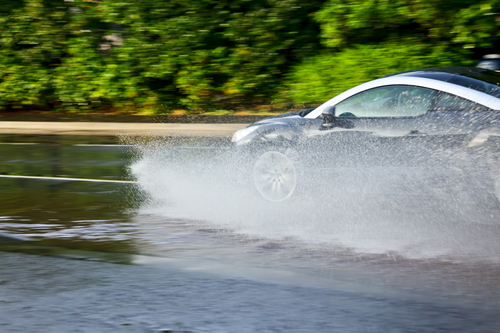
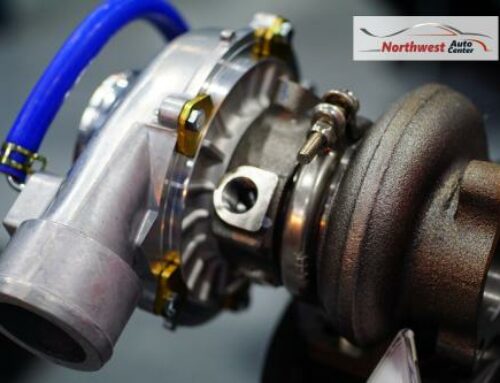
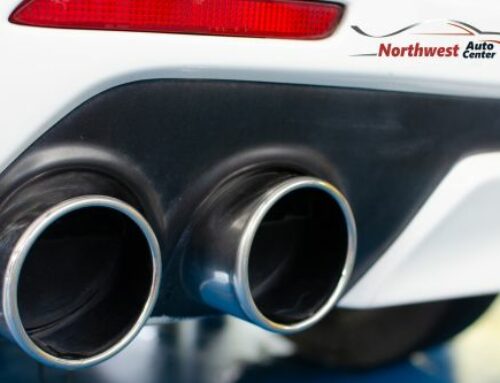

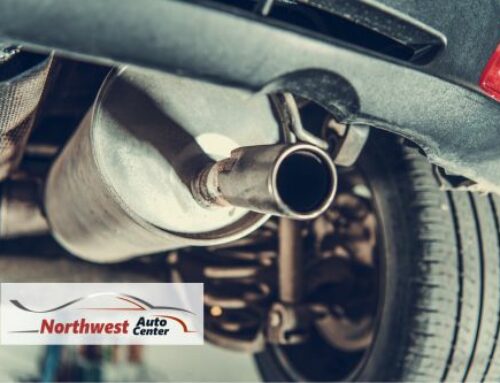
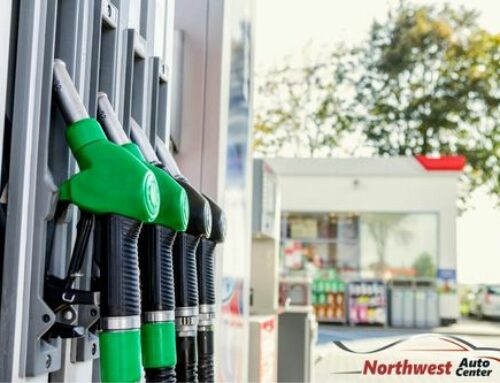
Leave A Comment
You must be logged in to post a comment.